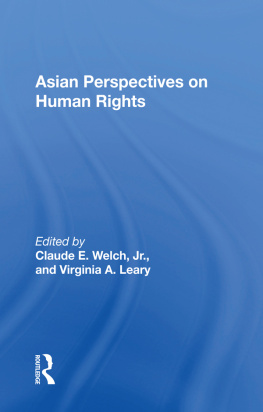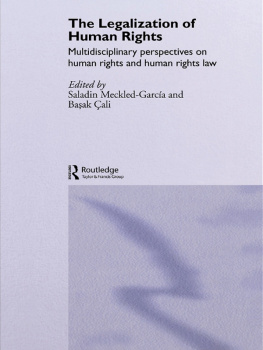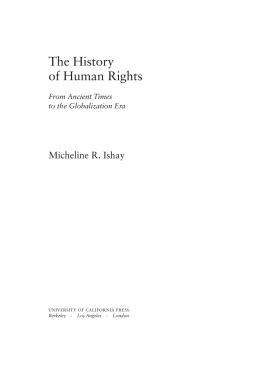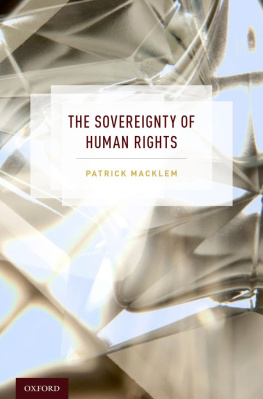Claude E. Welch Jr. - Asian Perspectives on Human Rights
Here you can read online Claude E. Welch Jr. - Asian Perspectives on Human Rights full text of the book (entire story) in english for free. Download pdf and epub, get meaning, cover and reviews about this ebook. City: London, year: 2021, publisher: Routledge, genre: Science. Description of the work, (preface) as well as reviews are available. Best literature library LitArk.com created for fans of good reading and offers a wide selection of genres:
Romance novel
Science fiction
Adventure
Detective
Science
History
Home and family
Prose
Art
Politics
Computer
Non-fiction
Religion
Business
Children
Humor
Choose a favorite category and find really read worthwhile books. Enjoy immersion in the world of imagination, feel the emotions of the characters or learn something new for yourself, make an fascinating discovery.
- Book:Asian Perspectives on Human Rights
- Author:
- Publisher:Routledge
- Genre:
- Year:2021
- City:London
- Rating:4 / 5
- Favourites:Add to favourites
- Your mark:
- 80
- 1
- 2
- 3
- 4
- 5
Asian Perspectives on Human Rights: summary, description and annotation
We offer to read an annotation, description, summary or preface (depends on what the author of the book "Asian Perspectives on Human Rights" wrote himself). If you haven't found the necessary information about the book — write in the comments, we will try to find it.
Asian Perspectives on Human Rights — read online for free the complete book (whole text) full work
Below is the text of the book, divided by pages. System saving the place of the last page read, allows you to conveniently read the book "Asian Perspectives on Human Rights" online for free, without having to search again every time where you left off. Put a bookmark, and you can go to the page where you finished reading at any time.
Font size:
Interval:
Bookmark:
INTERNATIONAL PERSPECTIVES
ASIAN CULTURAL TRADITIONS AND HUMAN RIGHTS
GROUP CONFLICT AND HUMAN RIGHTS
FOR FURTHER RESEARCH
- 1 Global Change and Human Rights: Asian Perspectives in Comparative Context
- 2 The Asian Region and the International Human Rights Movement
- Part Two Asian Cultural Traditions and Human Rights
- 3 Islam, Islamic Law and the Dilemma of Cultural Legitimacy for Universal Human Rights
- 4 Traditional Values and Universal Human Rights: Caste in India
- 5 A Buddhist Response to the Nature of Human Rights
- Part Three Group Conflict and Human Rights
- 6 Ethnicity, Ethnic Conflict and Human Rights in Malaysia
- 7 Human Rights NGOs in Indonesia and Malaysia
- 8 Human Rights as Dynamic Process: The Case of Indias Untouchables
- 9 Human Rights in Mass-Based Ethnic Conflict: South Asian Examples of Dilemmas of Definition, Monitoring and Protection
- 10 Protection of Religious Minorities and Women: The Impact of Islamic Law in Pakistan
- 11 Human Rights and the New Industrial Working Class in Bangladesh
- Part Four For Further Research
- 12 Human Rights in South and Southeast Asia: A Selective Bibliography
Virginia A. Leary
Codirectors, Human Rights Center,
State University of New York at Buffalo
International Perspectives
Global Change and Human Rights: Asian Perspectives in Comparative Context
Font size:
Interval:
Bookmark:
Similar books «Asian Perspectives on Human Rights»
Look at similar books to Asian Perspectives on Human Rights. We have selected literature similar in name and meaning in the hope of providing readers with more options to find new, interesting, not yet read works.
Discussion, reviews of the book Asian Perspectives on Human Rights and just readers' own opinions. Leave your comments, write what you think about the work, its meaning or the main characters. Specify what exactly you liked and what you didn't like, and why you think so.







